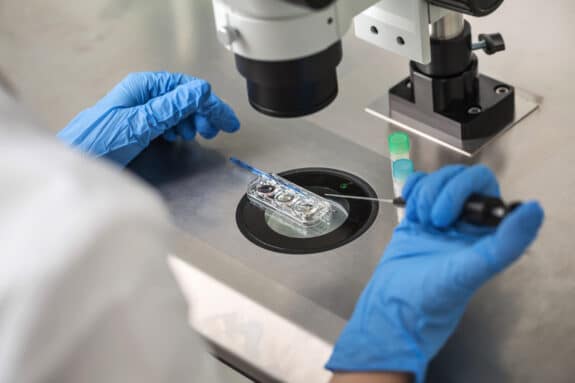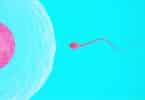Researchers at the University of California San Diego have developed a noninvasive technique that could revolutionize the prediction of embryo quality in in vitro fertilization (IVF). The goal is to increase the chances of a successful pregnancy.
Currently, IVF success rates are still largely determined by chance. However, the groundbreaking research conducted by Dr. H. Irene Su and her team aims to change that. By detecting small genetic particles known as exRNAs in the liquid surrounding the embryos, the researchers have uncovered a potential key to better predict the outcome of IVF.
The findings of this study, recently published in the prestigious journal Cell Genomics, shed light on the significance of exRNAs in assessing embryo quality.
IVF, which accounts for 1.6% of live births in the US, is often a last resort for couples who have exhausted other fertility treatment options. The process involves retrieving eggs from female patients and fertilizing them with sperm in a laboratory. The resulting embryos are then carefully transferred into the uterus, with the hope that they will implant and lead to a successful birth.
Unfortunately, the live birth rate from IVF in the US is only 20% to 40% for women under 40 years old. The key to improving these statistics lies in identifying higher-quality embryos, which have a higher chance of successful implantation. However, assessing embryo quality has proven to be challenging using current methods that involve examining the embryos’ appearance or analyzing their genetic makeup.
This is where the UCSD researchers’ groundbreaking approach comes in. By focusing on exRNAs, which are molecules found in bodily fluids, the researchers were able to avoid invasive procedures that could disturb the delicate embryos. Through their analysis, they discovered around 4,000 different exRNA fragments associated with each of the five stages of embryo development.
The researchers then utilized machine learning techniques to create a model that predicts the embryo’s structure and morphology based on the exRNAs it produces. This method showed promising results in accurately predicting embryo quality.
Dr. Su emphasized that while the results are promising, further research is needed to finalize the testing process. However, once perfected, this new method has the potential to simplify and improve the overall IVF process, offering hope to the families seeking this treatment.
With this groundbreaking research, the University of California San Diego scientists are a step closer to helping couples achieve their dream of starting a family through IVF.
More Pregnancy News:
- Low-Dose Calcium Supplementation Shown Effective For Preventing Preeclampsia and Preterm Birth
- USF Health Researchers Uncover How Placenta Safeguards Baby Against Viral Infections
- New Research Reveals Hormone Responsible for Pregnancy Sickness







